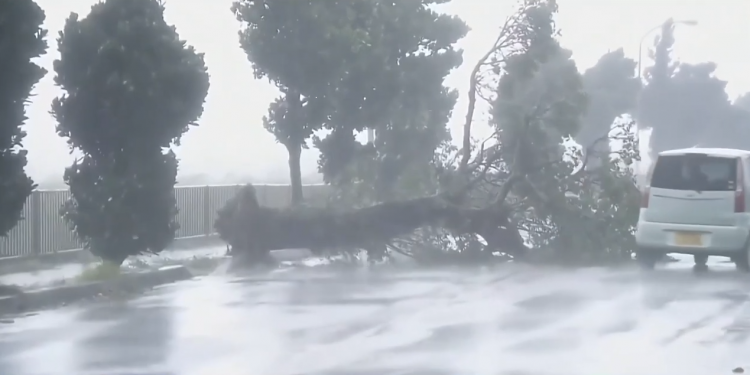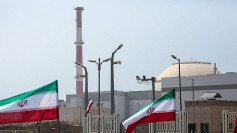Typhoon Hinnamnor, which made landfall in South Korea's southern provinces on Tuesday (Sept. 6), forced thousands of residents to flee their homes as it unleashed violent rains and winds that wrecked trees and roads and left more than 20,000 homes without power.
According to the Ministry of the Interior and Safety, a 25-year-old man went missing after slipping into a creek that had been flooded by rain in the southern city of Ulsan. Additional fatalities were not immediately reported.
At a major steel facility run by POSCO in the southern city of Pohang, fires were reported, though it wasn't immediately evident if the storm was to blame.
The nation has been warned by government officials about potential harm from flooding, landslides, and tidal waves caused by Hinnamnor, which experts predicted would be the strongest storm to hit the nation in years.
The storm struck just a few weeks after the adjacent provinces and Seoul's capital city was pounded by heavy downpours that triggered flash floods and left at least 14 people dead.
Han Duk-soo, the prime minister, has urged preventive measures to evacuate citizens in flood-prone areas, warning that Hinnamnor could end up being a "historically strong typhoon that we never experienced before".
According to South Korea's weather agency, Hinnamnor, which earlier on Tuesday grazed the southern resort island of Jeju and made landfall close to the mainland port of Busan, was moving northeast into open water while packing torrential rains and winds of up to 144 km/h. Since Sunday, the storm has dumped over 94 cm of rain in the center of Jeju, where wind gusts once reached 155 km/h.
More than 3,400 people in the southern areas had to leave their houses due to safety concerns, according to the Safety Ministry, and 14,000 more people were being advised or given orders to leave. Numerous roads were damaged, at least five homes and structures were demolished or submerged, and so on.
Over 600 schools across the country were shut down or switched to online instruction. More than 66,000 fishing boats were evacuated to ports, and more than 250 aircraft and 70 ferry services were canceled. 2 795 of the 20,334 families that had lost power had their energy restored as of 6 am.
This rainy season has seen exceptionally powerful storms; according to forecasts, Hinnamnor's strength may be on par with two catastrophic typhoons from two decades ago, Rusa and Maemi. Typhoon Rusa swept the country in 2002, destroying more than a million homes and leaving dozens of people dead. Typhoon Maemi struck the following year, killing over 100 people while causing $1.6 billion in damage.






